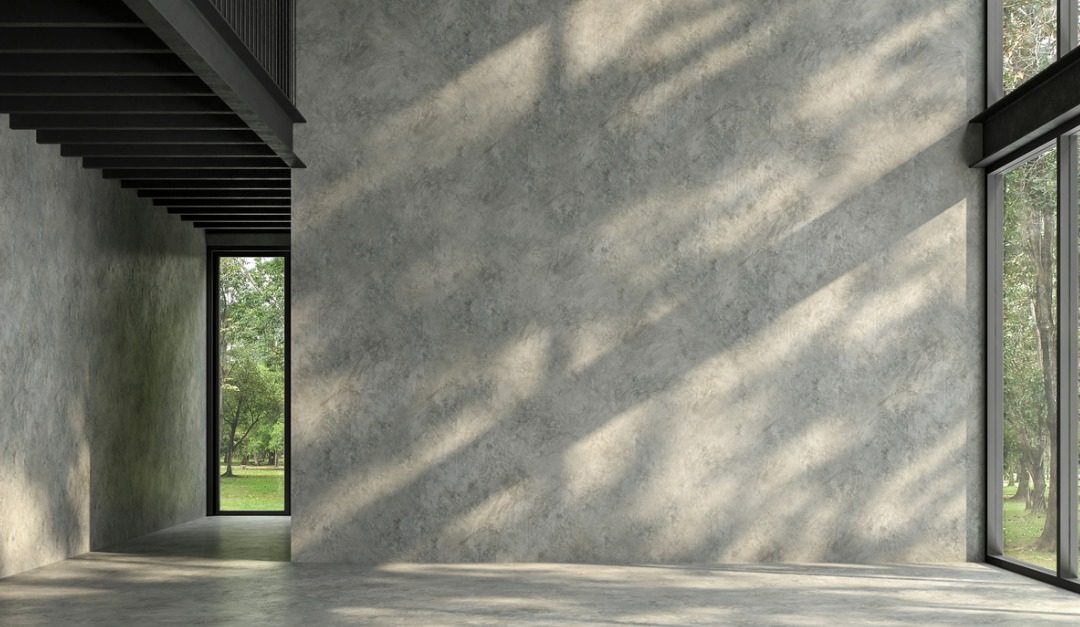Ghost towns aren’t relegated to the wild west in Canada and neither are ghost houses. No, ghost houses aren’t of the haunted variety; they’re homes that have been sitting vacant for quite some time and as such can take on the eerie mystique of a home that’s rife with spirits.
Despite what the real estate market is doing at any given moment, there seems to be an overabundance of these homes around the country. They can be found both in large urban cities and in smaller areas and, according to statistics, the phenomenon is growing.
Boo to affordability. One of the reasons many of these homes are sitting vacant is because purchasers can’t afford them. Analysts say there is an affordability crisis in the country and the ghost house issue is much more prevalent in Canada than it is in the United States. Housing is a hot political issue at every level and especially now with a federal election looming.
Statistics show that there were 1.34 million empty and temporarily occupied housing units in Canada in 2016. In 2001, the national vacancy rate rose from 7.8 to 8.7 per cent.
A number of factors. There are myriad issues contributing to Canada’s ghost home anomaly:
- Changes in population numbers
- Population migration toward neighbouring cities
- Economic slowdown or development
- Overbuilding
- Speculation
- Short-term rentals
Data also shows that some seniors who had to leave their homes to go into an assisted living facility chose not to sell, but to leave the home empty for their children or grandchildren.
Outpacing the U.S. When it comes to vacant home rates, Canada has the United States beat by a landslide. The Canadian government doesn’t officially track home vacancies, but started tracking occupied dwellings in 2001. Analysts have been subtracting the number of private dwellings from the number of homes that are occupied to come up with how many are vacant.
The U.S., on the other hand, has been tracking unoccupied homes since 1956. In 2016, the U.S. had a vacancy rate of 1.8 per cent, while in Canada those numbers skyrocketed to an all-time high of 8.69 per cent. Experts believe speculation and a lack of correction have continued to allow those numbers to escalate.
In addition to an economy which has been challenging, the housing market also underwent additional pressure last year and consumers faced, and continue to face, higher lending rates and stricter mortgage qualifications which haven’t helped the ghost house situation across the country.




